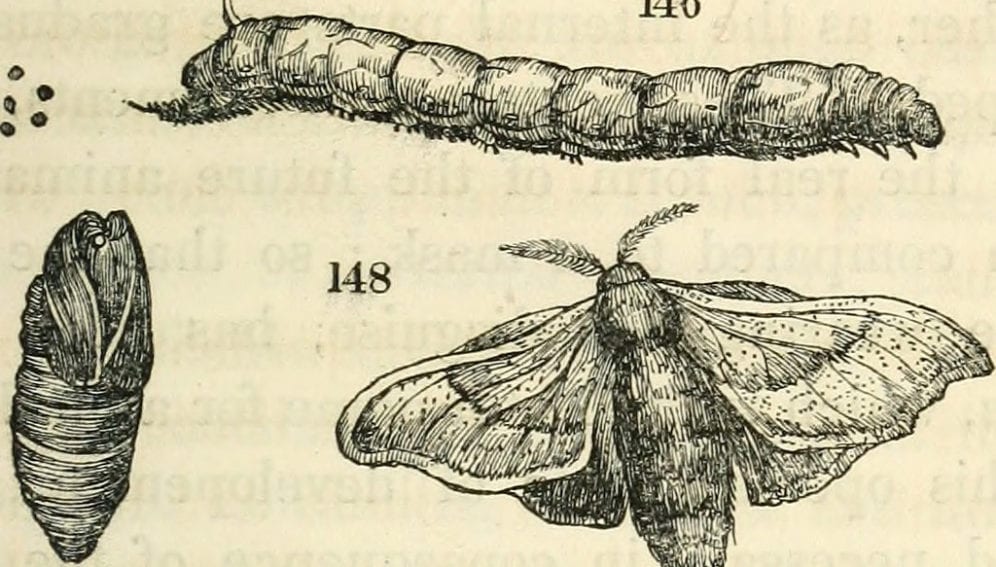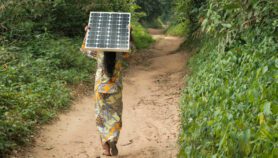By: Richa Malhotra
Send to a friend
The details you provide on this page will not be used to send unsolicited email, and will not be sold to a 3rd party. See privacy policy.
Researchers in India say they have developed a prototype of an energy-harvesting device from the cocoons of a domesticated species of silk moth.
They hope to put the technology to practical use while also tackling waste materials from the silk processing industry.
The researchers found that the cocoon membranes of the mulberry silk moth Bombyx mori contain trace amounts of several elements such as sodium, chlorine, potassium, magnesium, sulphur, calcium and copper; as well as carbon, nitrogen and oxygen.
“Silk cocoon can act as a green, energy-harvesting device in iron ore industries, and nuclear power plants, where you find waste heat and a humid atmosphere.”
Sushil Kumar Singh, Defense Research Development Organisation
Wetting the cocoon makes the elements form mobile charge-carrying ions, producing an electric current across the cocoon membrane. The researchers used this current to light an LED.
They attached an aluminium electrode to the inner surface of a cocoon and a copper electrode to the outer surface, and exposed the cocoon to water vapour. Three such cocoons were connected in series to light an LED.
The researchers also charged a moist silk cocoon with a direct current source to see if it was capable of acting as a capacitor — a device that stores charge. They write in Scientific Reports paper that it could power an LED for two to three minutes after the direct current was removed.
The researchers also looked at whether temperature affected the current the cocoon generated. They found that both voltage and current increased at higher temperatures of around 50 to 60 degrees Celsius because the resistance to current flow in the cocoon membrane decreased.
This shows that silk cocoons can be used to power electronic systems in “hot and humid conditions”, says Sushil Kumar Singh, co-author of the paper and researcher at the Defense Research Development Organisation, India.
“Silk cocoon can act as a green, energy-harvesting device in iron ore industries, and nuclear power plants, where you find waste heat and a humid atmosphere,” Singh tells SciDev.Net.
But James S. Brooks and Eden Steven, researchers at US-based Florida State University who have been working on spider silk’s electrical properties, have reservations about the work.
“Silk would not generate electricity on its own,” they tell SciDev.Net in a joint e-mail. “Silk, in the absence of water, is an electrical insulator… The observed effects are very likely due to the wet electrochemistry between the aluminium and copper [electrodes] and the ions present in the cocoon.”
They add: “In fact, any absorbent will work the same as long as some ions are present. To prove the claimed effects, the authors need to use similar electrodes in their setup. For example, instead of using aluminium on one side and copper on the other, they need to use same electrodes (for example, copper electrodes) on both sides of the cocoon.”
But Singh says that different electrodes were used “to enhance the charge … and light the LED. We can use both copper electrodes but charge will be less, and you cannot [light] the LED.”
Singh is now planning to look into the use of silk cocoon as a battery and to commercialise it through collaborations with private companies. He adds that once the manufacturing of the device is scaled up, it will be available cheaply.
He hopes the batteries could also be produced from the silk protein sericin, which is wasted during commercial textile production, though the research was carried out on entire cocoons.














